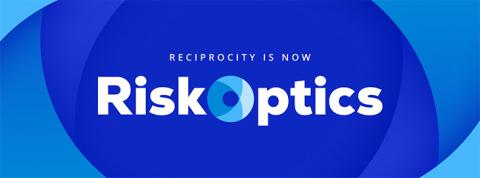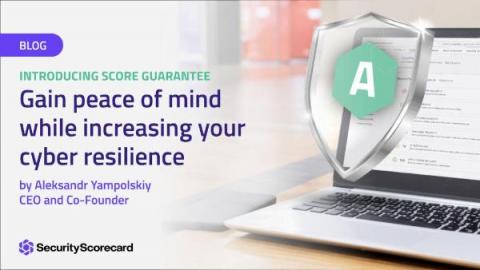How to Scale a Cybersecurity Program Across the Expanding Attack Surface
New security vulnerabilities are emerging every day. The number of new disclosed cyber vulnerabilities jumped 25 percent in 2022, and the number of known exploited vulnerabilities—ones observed to be exploited by malicious actors in the wild—nearly doubled from 2021 to 2022. Remediating vulnerabilities rapidly and effectively reduces the likelihood of your organization becoming the victim of a cyber attack. Consider.








